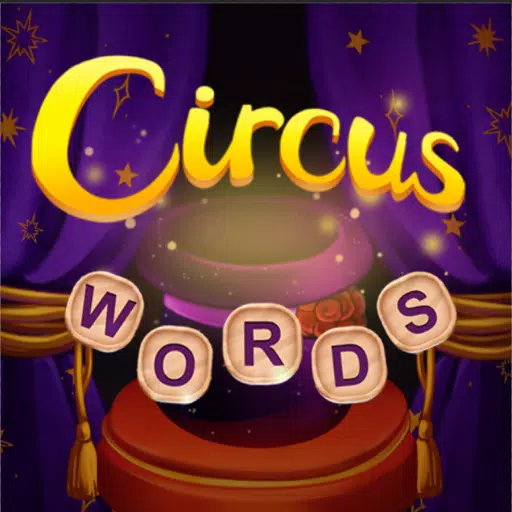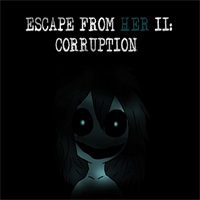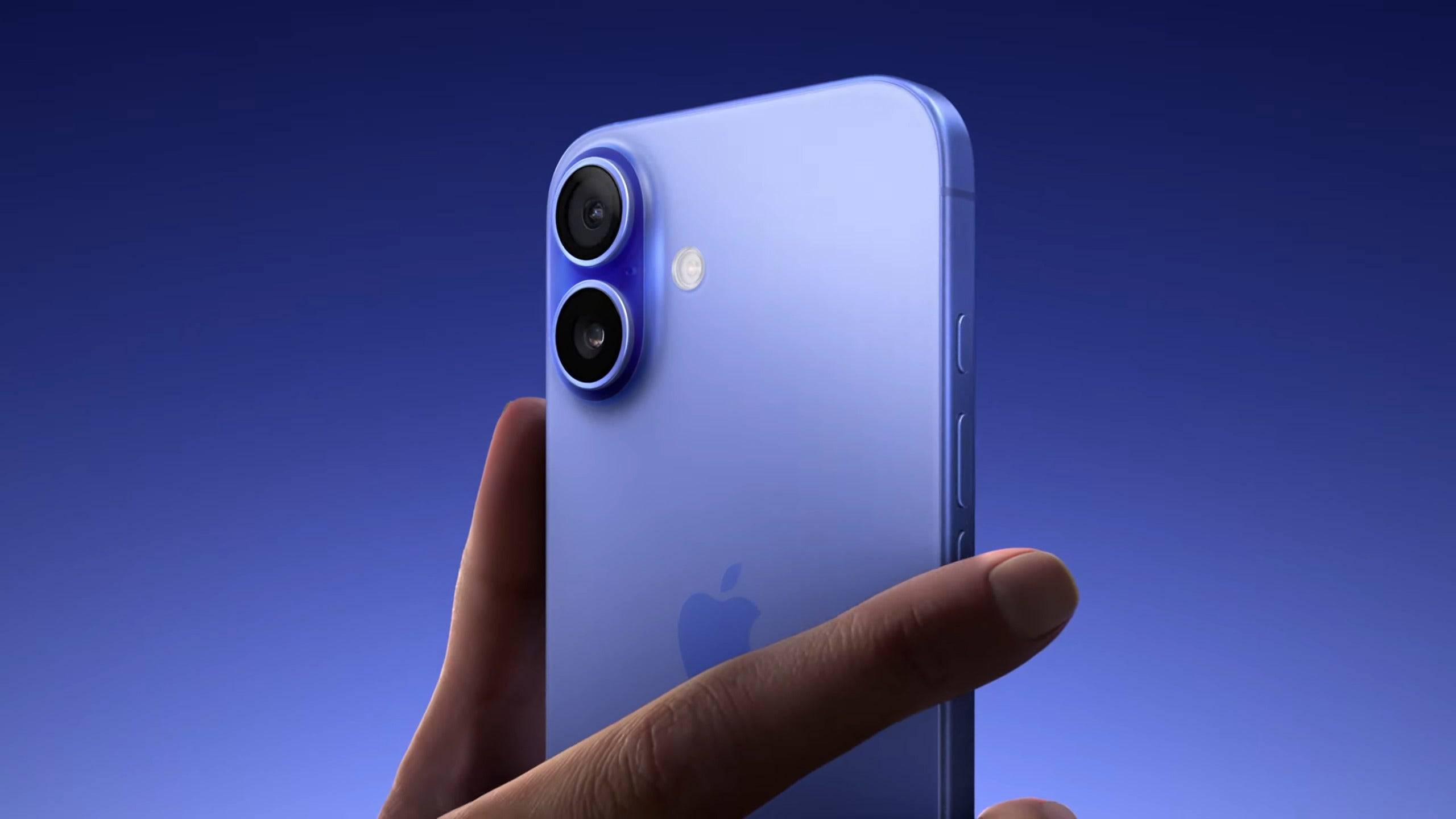MicroSD Express: A Must for Nintendo Switch 2
Last week, Nintendo announced the Nintendo Switch 2, revealing that the console exclusively supports expansion through MicroSD Express cards. While this might be a hurdle for those with existing MicroSD collections, it's a strategic move due to the superior speed of MicroSD Express. These cards utilize a PCIe 3.1 interface, allowing them to match the read/write speeds of the Switch 2’s internal Universal Flash Storage (UFS). This compatibility ensures that games stored on expansion cards can load as quickly as those on internal storage, though it means users can't use slower, more affordable non-Express MicroSD cards.
MicroSD vs. MicroSD Express
MicroSD cards have evolved significantly over the years, starting with a modest speed of 12.5MB/s with the initial SD cards. Subsequent advancements brought us to SD High Speed at 25 MB/s, and eventually to SD UHS III, boasting speeds up to 312MB/s. The game-changer came five years ago with the introduction of the SD Express standard by the SD Association, which significantly boosted performance.
The key difference with SD Express is its use of the PCIe 3.1 interface, a leap forward from the UHS-I interface used in older cards. This PCIe interface is the same technology that powers high-speed NVMe SSDs, enabling full-sized SD Express cards to achieve data transfer rates up to 3,940MB/s. While MicroSD Express cards don't reach these top speeds, they still offer impressive performance, reaching up to 985MB/s, which is three times faster than the fastest non-Express MicroSD cards.
Why Does the Switch 2 Require MicroSD Express?
Nintendo's decision to require MicroSD Express cards for the Switch 2 is driven by the need for speed. A game installed on a MicroSD Express card will load much faster than on a traditional UHS-I MicroSD card, thanks to the PCIe 3.1 interface. This requirement aligns with the upgrade of the Switch 2's internal storage to UFS from eMMC, ensuring that expansion storage matches the internal speed.
Initial demos suggest that the Switch 2's load times are significantly improved, with fast travel in games like Breath of the Wild reducing by 35% according to Polygon, and initial load times improving by a factor of three as reported by Digital Foundry. These enhancements could be attributed to faster internal storage, or possibly to the faster CPU and GPU, which can process data more efficiently. Nintendo's choice of MicroSD Express ensures that external storage does not become a bottleneck for future games requiring high-speed storage.
Additionally, the adoption of MicroSD Express paves the way for even faster storage solutions in the future. The current SD 8.0 Specification allows full-size SD Express cards to reach speeds up to 3,942MB/s, and while MicroSD Express cards aren't there yet, they have the potential to reach such speeds in the coming years, assuming the Switch 2's hardware can support them.
MicroSD Express Capacity Options
Currently, MicroSD Express cards are not widely available, but this is expected to change with the launch of the Nintendo Switch 2. Lexar, for instance, offers a single MicroSD Express card in 256GB, 512GB, and 1TB capacities, with the 1TB variant priced at $199.

Lexar Play Pro MicroSD Express
0See it at Amazon
SanDisk, another major player, currently lists only one MicroSD Express card, which tops out at 256GB, matching the internal storage of the Switch 2. As the Switch 2 hits the market, it's unlikely that many MicroSD Express cards will offer more than 512GB initially. However, as demand grows, companies like Samsung are expected to introduce higher capacity options.

SanDisk MicroSD Express 256GB
0See it at Amazon
-
Pokémon Legends: Z-A, the next installment in Game Freak's spin-off series set in X and Y's Lumiose City, has recently surfaced with details - including an unexpected E10+ ESRB rating. This classification has sparked both serious discussions and humoAuthor : Aurora Dec 17,2025
-
Draconia Saga Global is a new Android game that plunges you into thrilling dragon hunts. This creature-collecting adventure lets you charge into battle against winged beasts with powerful magic, instantly bringing the How to Train Your Dragon seriesAuthor : Benjamin Dec 17,2025
-
 Circus Words: Magic PuzzleDownload
Circus Words: Magic PuzzleDownload -
 Escape from Her II: CorruptionDownload
Escape from Her II: CorruptionDownload -
 Blox Fruits Dating SimulatorDownload
Blox Fruits Dating SimulatorDownload -
 Words Words Words - Make MoneyDownload
Words Words Words - Make MoneyDownload -
 Nymphomania: Idle BrothelDownload
Nymphomania: Idle BrothelDownload -
 Slots - Lotto JackpotDownload
Slots - Lotto JackpotDownload -
 SWe1: The Waio’s HeatDownload
SWe1: The Waio’s HeatDownload -
 Beach Buggy Racing 2Download
Beach Buggy Racing 2Download -
 Slots Casino : Pets AdventureDownload
Slots Casino : Pets AdventureDownload -
 Zombies BoomDownload
Zombies BoomDownload
- Mastering Two-Handed Weapons in Elden Ring: A Guide
- Roblox Simulator Codes: Unlock Exclusive Rewards!
- Wuthering Waves: Uncover the Secrets of Whisperwind Haven's Palette
- Top 25 Palworld Mods to Enhance Your Game
- Ultimate Guide to Shinigami Progression in Hollow Era
- Karl Urban Debuts as Johnny Cage in Mortal Kombat 2











![Back to the Roots [0.8-public]](https://images.ydxad.com/uploads/44/1719584089667ec55970d05.png)

